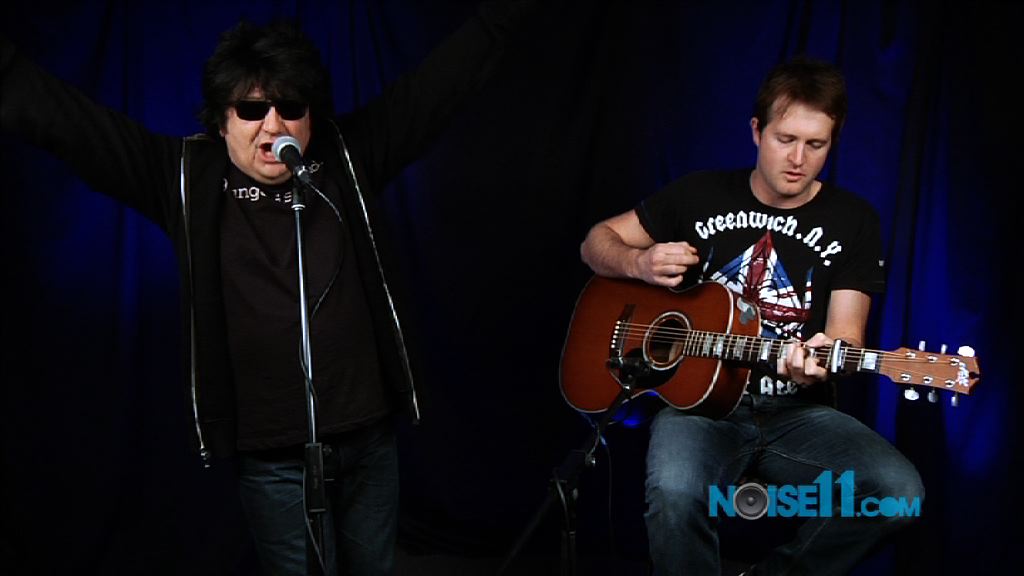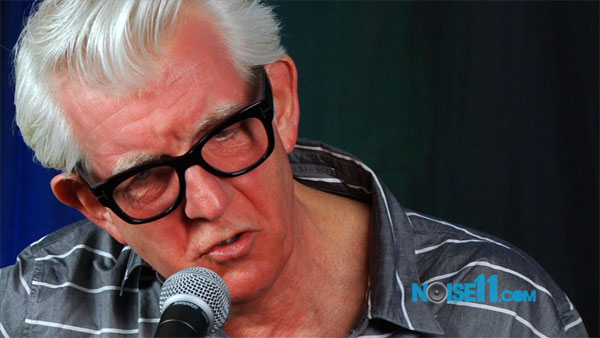The Blues Hall of Fame has named Eric Clapton, Little Richard and Tommy Brown to be the newest inductees in their hall.
The naming of two rockers supports the case that blues was one of the building blocks of rock-and-roll and has remained instrumental in its sound. Clapton has been chosen “for his many musical achievements as well as for his role as a popularizer of the entire genre. He brought the blues to audiences in his native Britain and throughout the world, illuminating the work of the original blues artists who inspired him.”
Little Richard is well known as one of the pioneers of rock music but his music was much more in the blues vein when he first started. “…throughout his career, he continued to employ a blues format in his work.”
Tommy Brown fronted the Griffin Brothers on two of their major hits, Tra-La-La (1951 / #7 R&B) and Weepin’ & Cryin’ (1952 / #1 R&B). “He brought his intuitive sense of showmanship to the blues over a career that has now spanned over 75 years.”
The official induction will take place during the 36th annual Blues Music Awards on May 7. They will join over 130 other members of the hall.
The biographies from the Blues Music Hall of Fame:
Tommy Brown, hailed during the 1950s as “one of the most dynamic entertainers in show business,” has spent most of the past four decades out of the performing spotlight, but his resume of vintage records, onstage theatrics and a 21st century career revival have brought him long overdue recognition among current blues aficionados. Brown was a friend of fellow Georgia singer and 2015 Blues Hall of Fame inductee Little Richard when both were starting out, and he remembers letting Richard sleep in his station wagon when times were tough. A young James Brown picked up cues for his fabled stage show from both of them.
Brown was born in Atlanta on May 27, 1931, and began performing as a dancer when he was in the first grade. He also worked as a drummer before he became a stand-up singer. But he did much more than stand, as the Atlanta Daily World reported in 1953: “. . . he jumped off the stage, fell prostrate on the floor, got up, banged his head on the wall then fell down on his knees and wailed the blues.” Brown began recording in 1950 and sang (and sobbed) on the No. 1 R&B hit Weepin’ and Cryin’ with the Griffin Brothers in 1951. The song evolved from a real life experience, when he broke down while singing onstage as he saw his fiance´ walk in with another man. Humor was an important part of his show, however, and in the 1960s he began performing and recording as a comedian.
After stays in St. Louis, Chicago (where he teamed on shows with Otis Clay), and New York, Brown settled back in Atlanta in 1977 to run the Landmark West Personal Care Center, a business his mother had founded. After fans sought him out to interview him and book him on festivals in the U.S. and Europe, he began traveling and recording again in the new millenium. His Classic Tommy Brown CD, on his own Chittlin’ Circuit label, reintroduced listeners to the rocking, crying and shouting blues he waxed on labels such as Savoy, King, United and Imperial. “I’m looking to retire at 103.” he says, “and take up a new profession — teach people how to love.”
Eric Clapton has been tapped for Blues Hall of Fame induction not only for his many achievements during a long and successful career but also for his role as a popularizer who has brought the blues to audiences far more widespread than those reached by the original bluesmen whose music inspired him. Clapton has consistently included blues material on albums that have registered in the upper echelons of the pop music charts. In the process Clapton has not only brought new listeners into the blues fold but has generated royalties for the blues legends whose songs he has covered–royalties often well in excess of those the bluesmen earned from their own recordings.
The first British musician inducted into the Blues Hall of Fame, Clapton was born in Ripley, Surrey, on March 30, 1945. He identified with the power and uplifting spirit of the blues from his early days as a guitarist, and amidst forays into other genres has always remained a blues devotee. At the age of 18, as a member of the Yardbirds, he played guitar on a Sonny Boy Williamson LP, and soon did sessions with bluesmen Otis Spann and Champion Jack Dupree, not to mention the influential work he did with John Mayall’s Bluesbreakers, Cream and Blind Faith. In between his many subsequent albums and world tours, he played on Howlin’ Wolf’s London Sessions and recorded with several of his early guitar heroes, including B.B. King, Freddie King, Buddy Guy, Chuck Berry, John Lee Hooker and Otis Rush.
Clapton topped the Billboard charts with an album of blues standards, From the Cradle, in 1994, and with the blues-laden Unplugged album in 1992, and hit the top ten with his Robert Johnson tribute, Me and Mr. Johnson in 2004 and his collaboration with B.B. King, Riding With the King, in 2000. Clapton’s battle with drug and alcohol addiction led him to found the Crossroads Centre rehab facility in Antigua in 1998. His Crossroads Guitar Festival is both a showcase for many of the world’s leading guitarists and a fundraiser for the Crossroads Centre.
Little Richard joins an elite group of Blues Hall of Fame icons, including Fats Domino, Chuck Berry and Bo Diddley, who built rock ‘n’ roll from a foundation in the blues. Richard’s earliest recordings were in the blues vein and he continued to employ a blues format, often accelerated to a frenzied tempo, on many of his sessions. By bandleader Johnny Otis’ recollections from witnessing his first “beautiful, bizarre and exotic” Little Richard performance, Richard exclaimed, “This is Little Richard, the King of the Blues! And the Queen, too!” Gospel was also a profound force in Little Richard’s life and music, and at times during his career he left the rock ‘n’ roll stage to study, preach and sing the gospel, only to return to the secular side. He eventually maintained a mission in both worlds, handing out religious tracts at his rock concerts.
Born December 5, 1932, in Macon, Georgia, Richard Wayne Penniman stunned audiences even in his adolescent days performing with minstrel shows. As he described himself, “I was very effeminate. I was very frisky. I was loud.” He honed his appearance and stage act under the influence of gay blues/R&B artists Billy Wright and S.Q. Reeder (Esquerita). He recorded blues for RCA Victor in 1951-52 and Peacock in 1953 but only with Specialty did he transfer his wild flamboyance to wax, beginning with the bombshell Tutti Frutti in 1955. His lives shows were still more frantic, to the point that even his films could inspire riots among teenaged fanatics. The list of performers he inspired is endless, from James Brown to the Beatles to Jimi Hendrix, who was once the guitarist in Richard’s band. Even since his hitmaking days have been over, he has remained a charismatic celebrity. Once “The King of the Blues,” he has since anointed himself “The Originator, the Emancipator and the Architect of Rock ‘n’ Roll.”
——————————————————————————————————————————————
Never miss a story! Get your free Noise11.com daily music news email alert. Subscribe to the Noise11 Music Newsletter here
Listen to the Noise11 Music News channel now at iHeartRadio
Follow Noise11.com on Facebook and Twitter
more from vvnmusic.com













